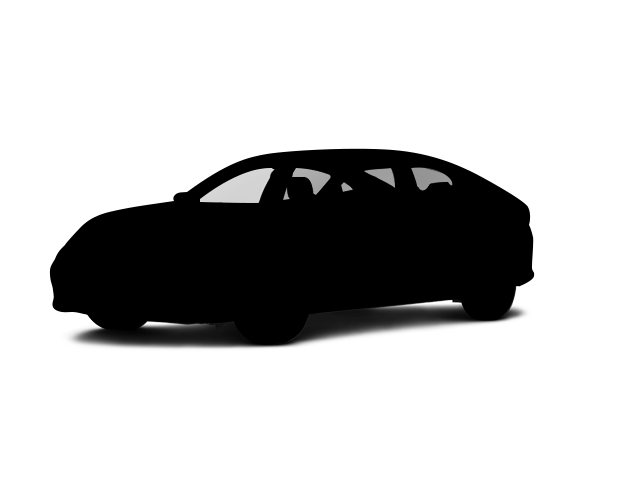For enhanced safety, the front and rear seat shoulder belts of the Bentley Continental GT have pretensioners to tighten the seatbelts and eliminate dangerous slack in the event of a collision and force limiters to limit the pressure the belts will exert on the passengers. The Aston Martin DB12 doesn’t offer pretensioners for its rear seat belts.
The Continental GT’s pre-crash front seatbelts will tighten automatically in the event the vehicle detects an impending crash, improving protection against injury significantly. The DB12 doesn’t offer pre-crash pretensioners.
The Bentley Continental GT has standard driver and front passenger side knee airbags mounted low on the dashboard. These airbags help prevent the driver and front passenger from sliding under their seatbelts or the main frontal airbags; this keeps them better positioned during a collision for maximum protection. Knee airbags also help keep the legs from striking the dashboard, preventing knee and leg injuries in the case of a serious frontal collision. The DB12 doesn’t offer knee airbags.
The Continental GT has a standard Multi-collision Brake, which automatically applies the brakes in the event of a crash to help prevent secondary collisions and prevent further injuries. The DB12 doesn’t offer a post collision braking system: in the event of a collision that triggers the airbags, more collisions are possible without the protection of airbags that may have already deployed.
Over 200 people are killed each year when backed over by motor vehicles. The Continental GT has standard Maneuver Assist that uses rear sensors to monitor for objects to the rear and automatically applies the brakes to prevent a collision. The DB12 doesn’t offer backup collision prevention brakes.
The Continental GT has all-wheel drive to maximize traction under poor conditions, especially in ice and snow. The DB12 doesn’t offer all-wheel drive.
An active infrared night vision system optional on the Continental GT helps the driver to more easily detect people, animals or other objects in front of the vehicle at night. Using an infrared camera and near-infrared lights to detect heat, the system then displays the image on a monitor in the dashboard. The DB12 doesn’t offer a night vision system.
Both the Continental GT and DB12 have rear cross-traffic warning, but the Continental GT has Reversing Traffic Warning (automatically applies the brakes) to better prevent a collision when backing near traffic. The DB12’s Rear Cross Traffic Assist doesn’t automatically brake.
The Continental GT has standard Private eCall, which uses a global positioning satellite (GPS) receiver and a cellular system to help track down your vehicle if it’s stolen or send emergency personnel to the scene if any airbags deploy. The DB12 doesn’t offer a GPS response system, only a navigation computer with no live response for emergencies, so if you’re involved in an accident and you’re incapacitated help may not come as quickly.
Both the Continental GT and the DB12 have standard driver and passenger frontal airbags, front side-impact airbags, side-impact head airbags, four-wheel antilock brakes, traction control, electronic stability systems to prevent skidding, crash mitigating brakes, daytime running lights, lane departure warning systems, blind spot warning systems, around view monitors and rear cross-path warning.
The Bentley Continental GT weighs 1166 to 1799 pounds more than the Aston Martin DB12. The NHTSA advises that heavier cars are much safer in collisions than their significantly lighter counterparts.

